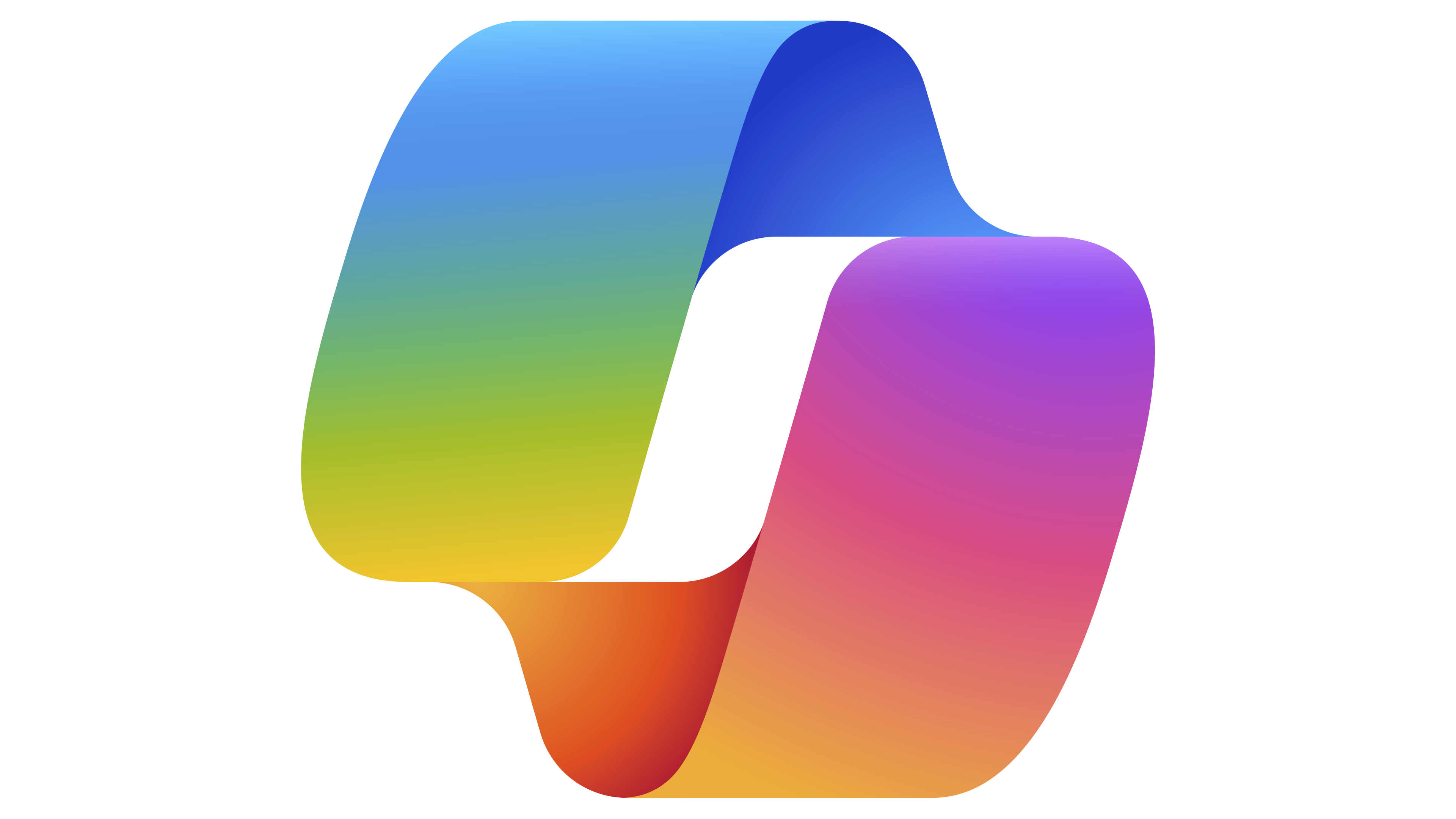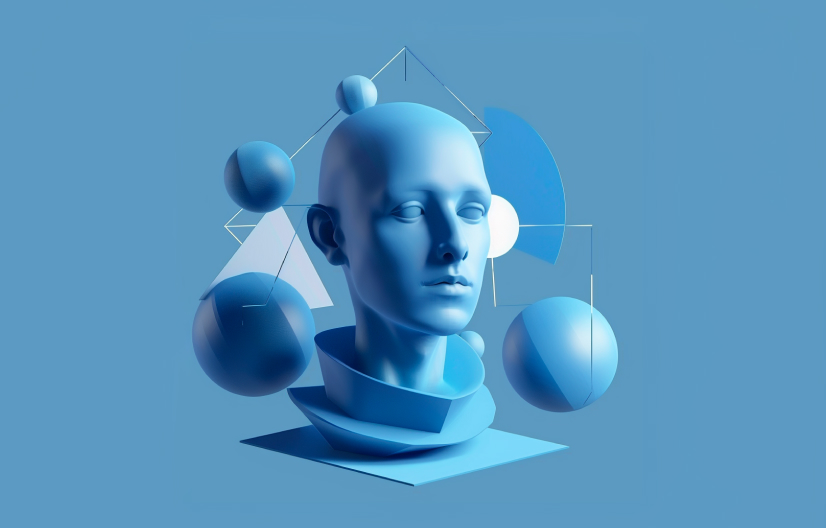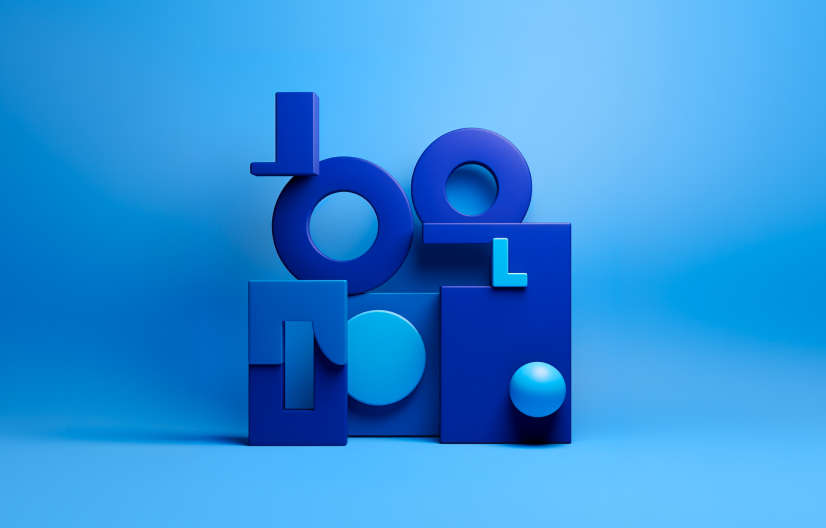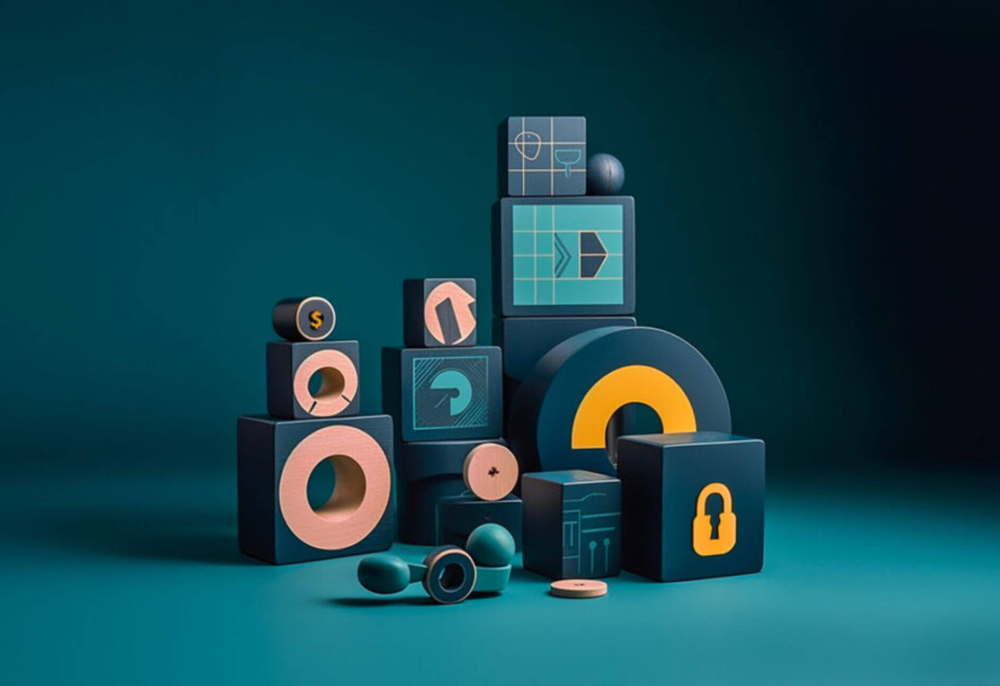
What is UX/UI Design?
How UX design was born
The very first computers didn’t come with an operating system or user interface. Only scientific and engineering experts who understood how computers worked were able to operate them. When personal computers hit the scene in the 70s, multidisciplinary groups began to emerge, combining psychology, computer science, engineering, and even sociology to come up with ways to make computers more user friendly and intuitive. That’s how HCI (Human-Computer Interaction) began.
In Interaction Design Foundation’s video “What is User Experience (UX) Design?”, Ditte Hvas Mortensen says that
“UX design was known as Human-Computer Interaction in the 70s and 80s.”
It’s in large part thanks to Xerox PARC—an R&D company based on California—that user interface began to emerge and replace code sequences. At last, users could navigate their computer with the help of icons, windows, and a mouse. The term “interface” (a term that comes from physics) suddenly became a household name related specifically to computer language.
From that moment on, the explosion of personal-computer use propelled the scientific community to take a closer look at the interaction between human and machine. The evolution of this discipline soon became known as “user experience,” and its influence extended to a multitude of design facets (including products) and is now part of our daily reality.
What is UX design?
Although the terms UX (user experience) and UI (user interface) are often used interchangeably, they are in fact quite different. According to the Interaction Design Foundation, both play an important role and should be considered separate disciplines. A UX designer focuses on a project’s big picture while a UI designer is specifically devoted to visual design.
As the name implies, UX design’s main role is to create a functional user experience. It must be both pleasant (even fun) to use while making it as easy as possible for the user to attain their objectives.
To achieve this balance, a UX designer will conduct in-depth research on current and potential product (site) users and analyze all qualitative and quantitative data available. By creating personas, the designer can also conduct various usability tests in order to better understand the site or app users’ goals.
In their article “UX and UI, what is it?”, Groupe Alithya Inc. says that a key aspect of UX is to validate ideas via one or more real users. This will ensure the designer understands who the users are, their path, and scenarios based to their tasks and can then create effective interfaces which will better suit the established objectives.
The Interaction Design Foundation lists three questions every UX designer must answer:
- Why? What motivated users to adopt the product?
- What? What does the object do? What is its function?
- How? How does the design influence the relationship between the user and product?
As well as researching and analyzing data, a UX designer produces the website’s tree (page plan) and wireframe. They are responsible for supervising the UI designer’s work during final website or app mockups.
What is UI design?
A UI (or user interface) designer is focused on the visual aspect of the website. They rely on wireframes, the UX designer’s knowledge, and the strategic brief to create the final mockups of the website or app.
Although they maintain an interest in how the site functions, the UI designer focusses more on the project’s aesthetics, the ambiance it emits, and the animations or transitions between graphics. Their work always starts with visual research and the creation of moodboards, which are required to obtain approval in the graphic discipline. This is followed by the final development and the production of highframe mockups.
Before finishing the design, both the UX and UI designers collaborate with the programming team to validate or invalidate all visuals that have been developed. They will also ensure that everything is adapted to the technology used by the site’s programmers, and make use of the frontend developer’s expertise to enhance animations in order to complete the design.
Throughout the development, the UI designer will carefully follow programming to ensure the graphic vision has been respected, while the UX designer ensures that the navigation structure and concept flows match all elements approved by the client, through every step of the project.
UX and UI design are two fundamental and interdependent facets of site and app creation. Both disciplines continue to evolve and the experts who work in these fields must stay up to date if they are to create effective websites.




















